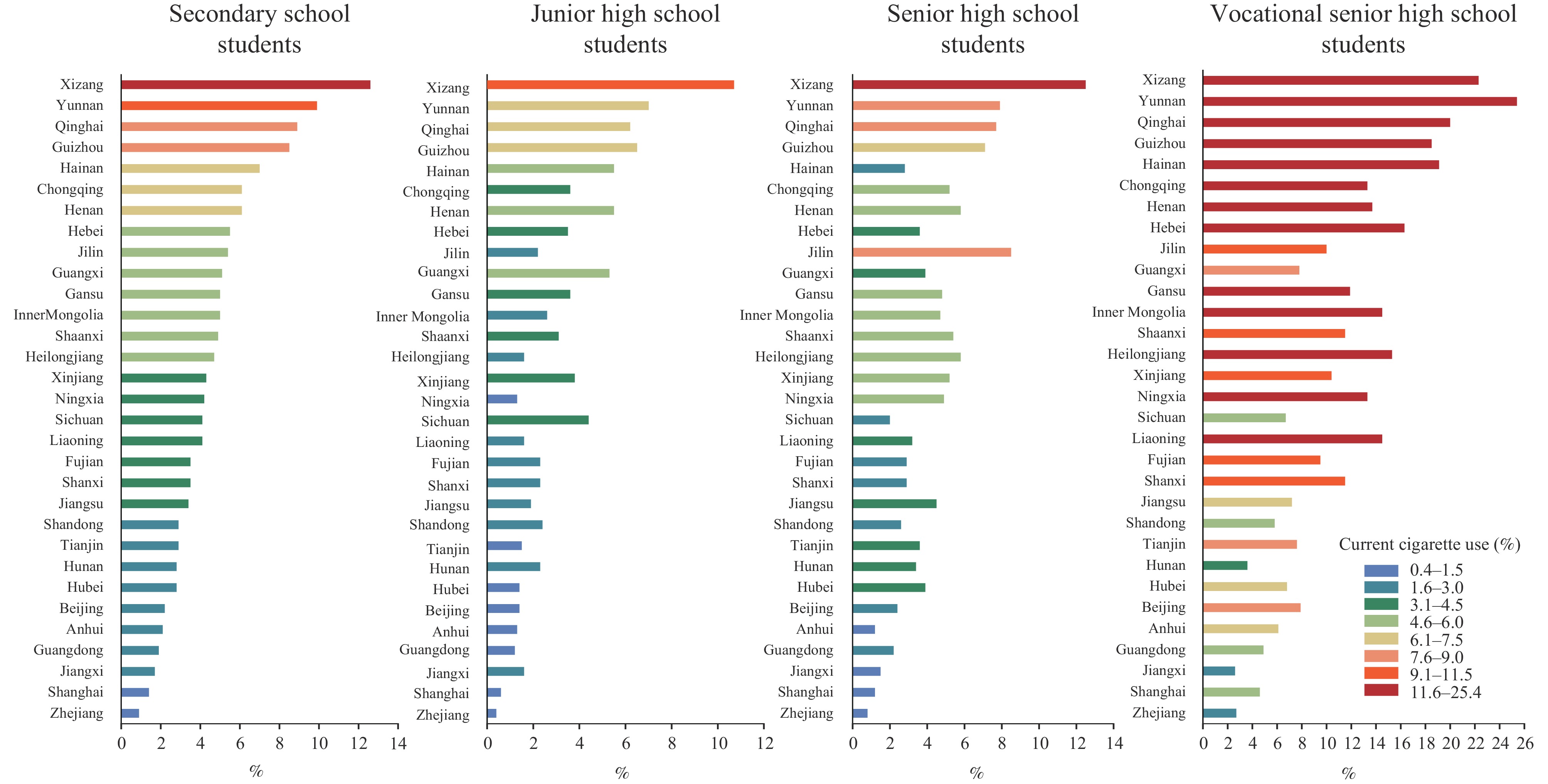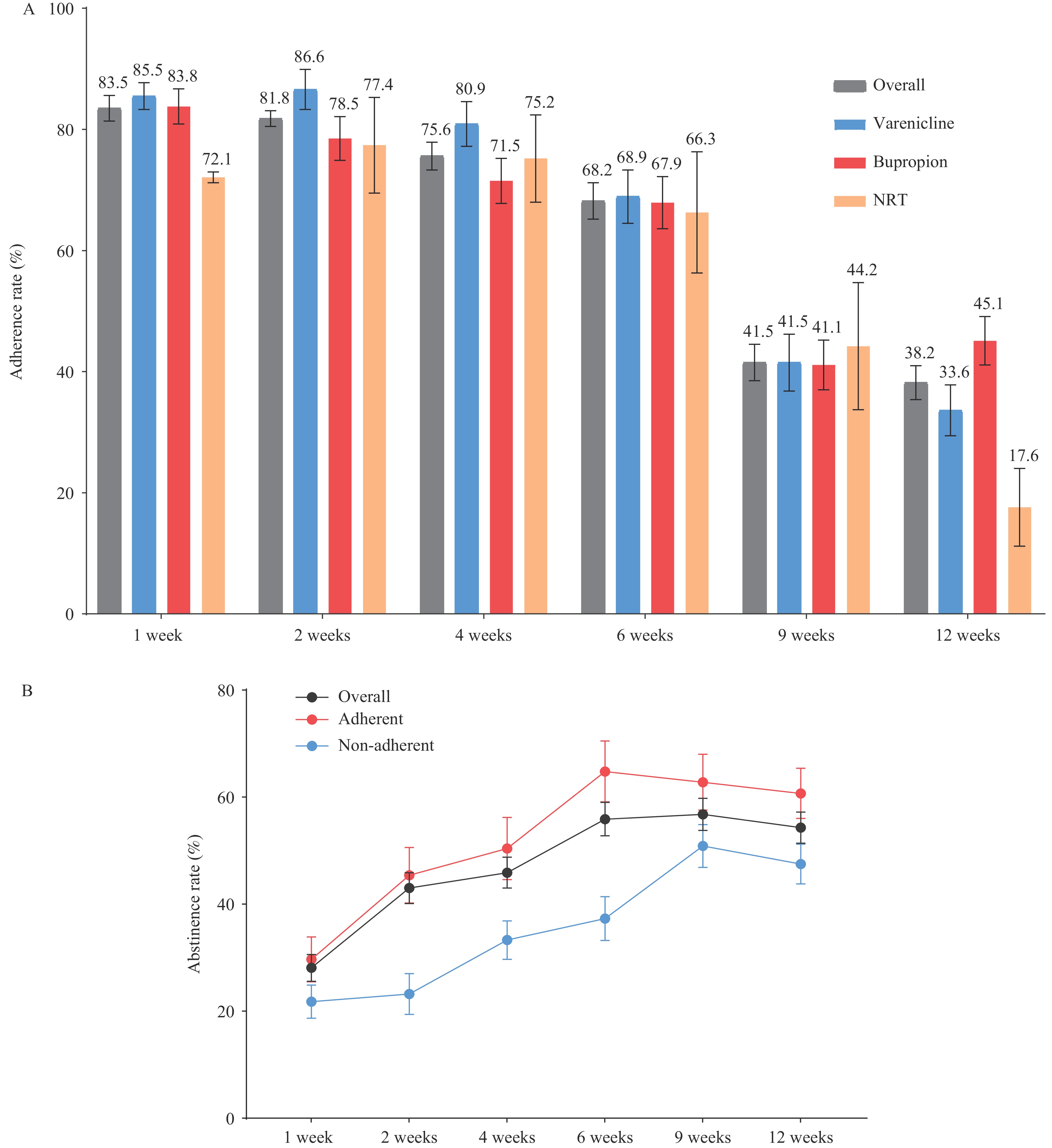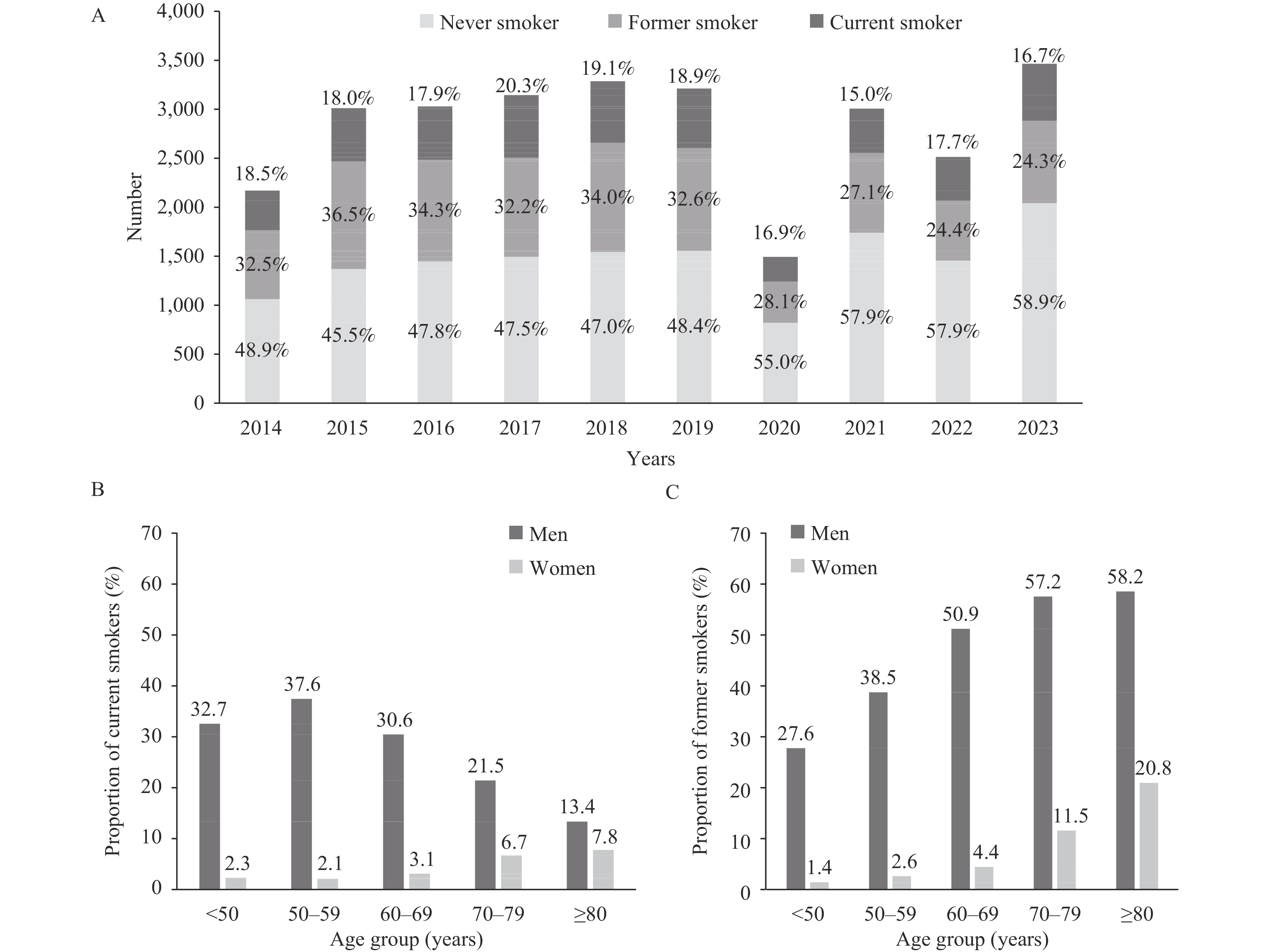2024 Vol. 6, No. 22
In 2013, 31.61% of students perceived quitting smoking as difficult, 61.73% considered smoking less attractive, and 73.89% believed that secondhand smoke is definitely harmful to health.
The percentage of students who perceived quitting smoking as difficult increased from 31.61% in 2013 to 38.83% in 2021, while the percentage of students who found smoking less attractive rose from 61.73% to 69.40%. Conversely, there was a decrease in the percentage of students who perceived secondhand smoke as harmful, from 73.89% to 68.46%. An increased awareness of the hazards of secondhand smoke was associated with a reduction in smoking behaviors.
It is imperative to enhance health education efforts that aim to raise awareness of the hazards of secondhand smoke.
In 2021, the prevalence of experimental and current cigarette use among secondary school students in China stood at 16.7% and 4.7%, respectively. Additionally, 39.9% of these students were exposed to secondhand smoke at school.
In comparison to 2021, the prevalence of current cigarette use remained unchanged at 4.2% in 2023, whereas experimental use declined to 13.7%. Notably, rates were significantly higher among vocational senior high school (VSHS) students relative to their peers in senior high school (SHS) and junior high school (JHS). Furthermore, exposure to secondhand smoke in schools decreased to 35.4% in 2023 from previously recorded levels, with more pronounced reductions observed in JHS and SHS populations and no notable change among VSHS students.
Targeted tobacco control policies are imperative for secondary school students, including the establishment of smoke-free school environments. Additionally, it is crucial to pay close attention to the needs of VSHS students.
Most Chinese smokers have not accessed professional help due to a lack of sufficient smoking cessation services. Mobile health (mHealth) can mitigate obstacles related to time and transportation, thereby providing effective support for smokers seeking to quit.
This study offers real-world evidence supporting the effectiveness of mHealth-based comprehensive smoking cessation interventions. The findings indicate that these modalities can significantly enhance abstinence rates, albeit to a lesser extent compared to traditional clinic-based treatments. Adherence to the intervention was identified as a critical factor influencing the effectiveness of smoking cessation strategies.
The mHealth-based comprehensive smoking cessation modalities, with or without mailing cessation medications, present a promising approach to enhancing access to and utilization of smoking cessation services. This strategy addresses the significant challenge of limited smoking cessation resources in China.
Medication non-adherence significantly impedes smoking cessation efforts. While effective smoking cessation medications are accessible in China, real-world adherence and its correlation with treatment outcomes remain largely unexplored.
From December 2017 to January 2022, 1,120 participants were recruited from 27 centers in all seven geographical regions of China. Results revealed that only 38.2% of smokers adhered to the prescribed 12-week smoking cessation treatment and those with a higher education level were more likely to be adherent. In addition, smokers with good adherence were more likely to successfully quit smoking.
The data obtained could enhance our understanding of smoking cessation practices in China. Improving adherence is a crucial strategy to enhance the effectiveness of smoking cessation treatments and management provided to smokers.
Smoking is the primary risk factor for a poor prognosis in chronic respiratory disease (CRD). Current tobacco surveillance efforts in China focus on the general population and do not adequately cover CRD patients.
We employed electronic medical records (EMR) to track smoking habits in 28,334 hospitalized CRD patients at Beijing Chao-Yang Hospital. The rates of former and current smokers were 30.7% and 18.0%, respectively. Both former and current smokers exhibited an increased risk of respiratory symptoms and extended hospital stays.
These results underscore the importance of implementing smoking monitoring and targeted cessation interventions for hospitalized patients with CRDs.



 Subscribe for E-mail Alerts
Subscribe for E-mail Alerts CCDC Weekly RSS Feed
CCDC Weekly RSS Feed


